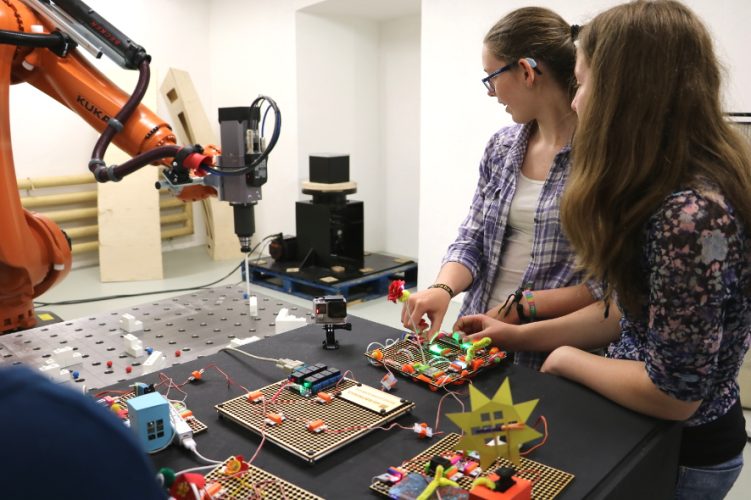
Ars Electronica Center
-

TIME OUT .07 – Homey Sounds and Industrial Mass Production
The 7th installment in the TIME OUT exhibition series opened on Tuesday, May 23, 2017. In cooperation with Linz Art University, the Ars Electronica Center is showcasing recent media art projects by students in the school’s Time-based and Interactive Media program. The Blog is spotlighting the participating students. In this installment, Lisa Bickel and Clemens…
-
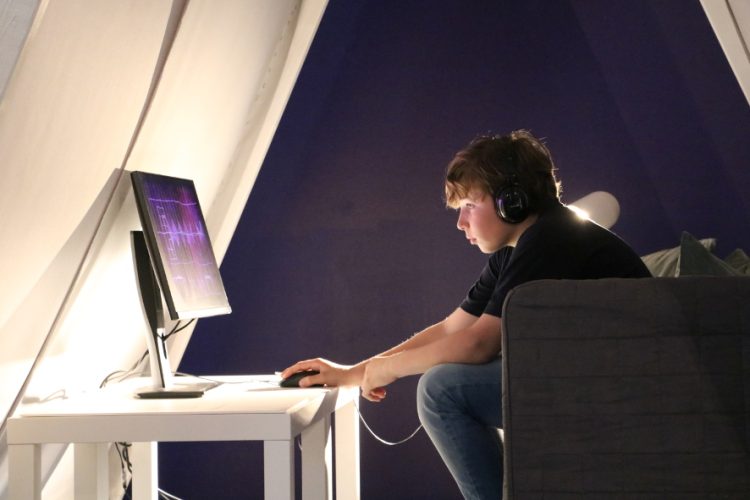
TIME OUT .07 – Lost Friendships and Aesthetic Scars
The 7th installment in the TIME OUT exhibition series opens on Tuesday, May 23, 2017 at 6:30 PM. In cooperation with Linz Art University, the Ars Electronica Center is showcasing recent media art projects by students in the school’s Time-based and Interactive Media program. Sarah Hiebl and Marlene Reischl, two of the artists participating in…
-

Bernad Batinic: “We’re opening up a completely new chapter!”
The Institute for Pedagogy and Psychology at Johannes Kepler University of Linz has just received funding for a research project on wearables. We talked to Prof. Bernad Batinic, director of JKU’s Department of Psychology of Work, Organizations and the Media, about wearable technology, the many ways it can be deployed, and the dream of big…
-

Get Inspired
“GET INSPIRED – Promising Projects at the Nexus of Art, Technology and Science” was the theme of a showcase of innovative projects based in Linz and Upper Austria staged yesterday by Ars Electronica in cooperation with a regional association of young businesspeople. Join us for a look back at an inspiring evening.
-
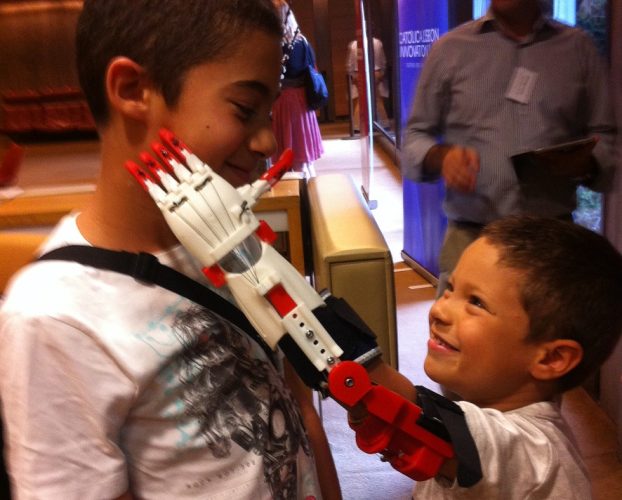
Touching Stories behind the Patient Innovation Platform
The Patient Innovation-platform has brought forward many revolutionary ideas for treating all kinds of diseases. They’ve been developed solely by affected people who as non-experts truly deserve exposure – also at the exhibition “Beyond the Lab: The D.I.Y. Science Revolution” at Ars Electronica Center.
-

Life Is All about Chemistry
Next Generation JKU is a series of talks designed to give outstanding young scientists on the Faculty of Engineering and Natural Sciences of Johannes Kepler University Linz the opportunity to utilize the extraordinary technologies available in Deep Space 8K at the Ars Electronica Center for an ultra-high-definition presentation of their research.
-
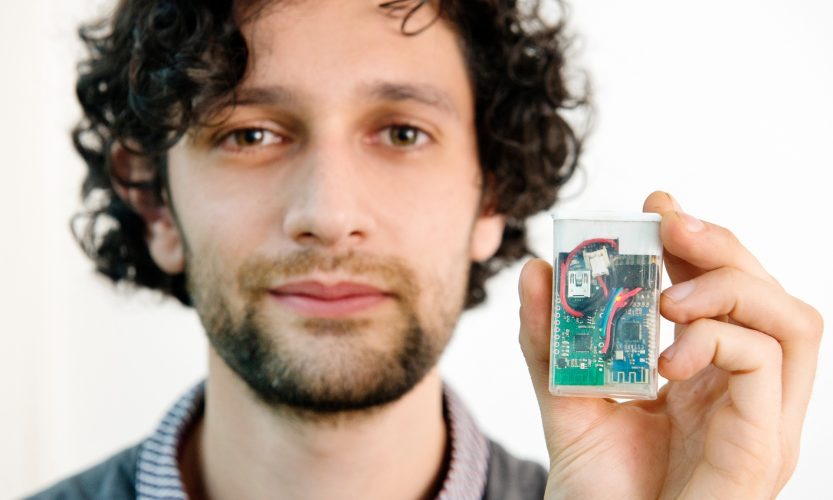
The “TIC TAC-tics” of Timothy Omer Hacking Diabetes
Timothy Omer is a part of the DIY revolution in the healthcare system and also of the SPARKS-initiated exposition “Beyond The Lab”, which is opening at the 29th of March at the Ars Electronica Center. His example of hacking Continuous Glucose Monitoring Systems demonstrates that patients get a grip on their condition.
-

Industrial Robots in the Service of Art
Part 2 of the “Creative Robotics” exhibition series premiered in February. This time, the focus is on robots that have normally been deployed in conjunction with industrial assembly processes but are now increasingly being used as catalysts for innovation in such fields as the graphic arts, design and architecture.
-

Highlight: The Made-to-Order Lamp
It’s elegantly designed and individually customized to suit the space it illuminates. Highlight, Jussi Ängeslevä’s lamp generated via 3-D printer, features a shape that satisfies users’ (lighting) needs.
-

Seeing Data – Understanding Cancer
They’re quoted in some of the most highly respected scientific journals worldwide but in their homeland, Austria, they’re hardly known. So, who are these brilliant young Upper Austrian scientists, and what exactly are they performing research on at Johannes Kepler University in Linz?
-
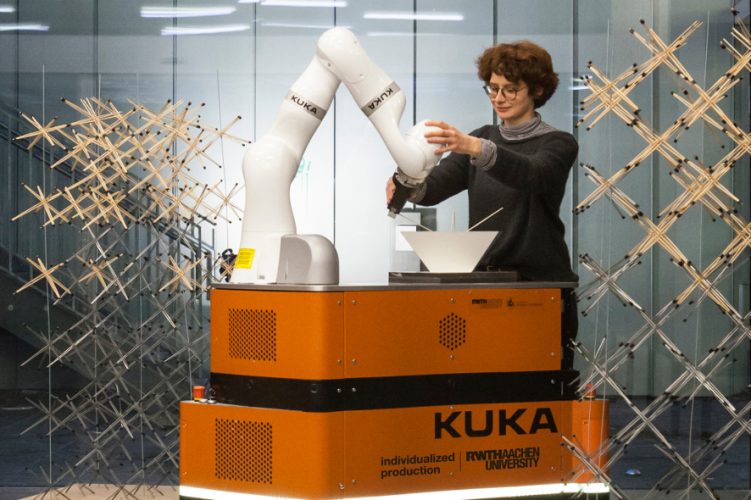
Industrial Robots Move beyond Their Natural Habitat
Robots are increasingly making their presence felt in everyday life. They vacuum our floors and mow our lawns. And hasn’t humankind long dreamed of mechanical helpers that could act autonomously, understand our needs, and perform arduous tasks we gladly dispense with?
-

Flow: A Sea of Real-time Data
The water comes in; the water goes out. Since time immemorial, human beings have been fascinated by the sea. Artist Mathieu Le Sourd alias maotik has captured its motions and translated them into a walk-through interactive visualization in Deep Space.
-

Linz’s Klemens Brosch: A Genius for Drawing
Born in Linz in 1894, Klemens Brosch went on to become one of 20th-century Austria’s most outstanding graphic artists, best known for his magical landscapes and melancholy imagery. Deep Space is now featuring jumbo-format projections of some of his small-scale drawings.
-

Immersion in Other Worlds
In early October, the European Space Agency (ESA) invited elementary school teachers from all of its member nations to attend a conference in Noordwijk, The Netherlands. Support from the ESA enabled ESERO Austria to send two teachers from this country to the conclave.
-

The Linz Synagogue in 3-D
The Linz Synagogue that was destroyed in 1938 has been reconstructed—at least, virtually—and it’s now possible to tour it in Deep Space 8K at the Ars Electronica Center. In this interview, Danielle Spera, director of the Jewish Museum of Vienna, talked to us about the general significance of a synagogue as well as her personal…
-
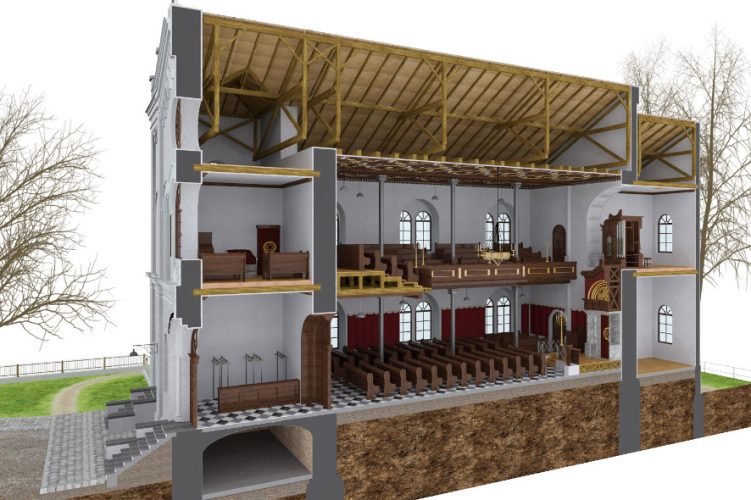
The Virtual Reconstruction of the Linz Synagogue
On Kristallnacht in November 1938, a mob acting on orders of the Nazi regime broke into the Linz Synagogue—like so many other Jewish houses of worship that night—ransacked it and set it ablaze. All that remained of the synagogue was a burnt-out ruin.
-

Hercules in a Lime Kiln
The largest lime kiln complex ever discovered in the Roman Empire’s Rhine-Danube provinces was found in 2008 in what was once the Roman town of Lauriacum and is now the city of Enns. Work began this year on excavating the best-preserved kiln in preparation for an exhibition at the 2018 Upper Austria State Fair.
-
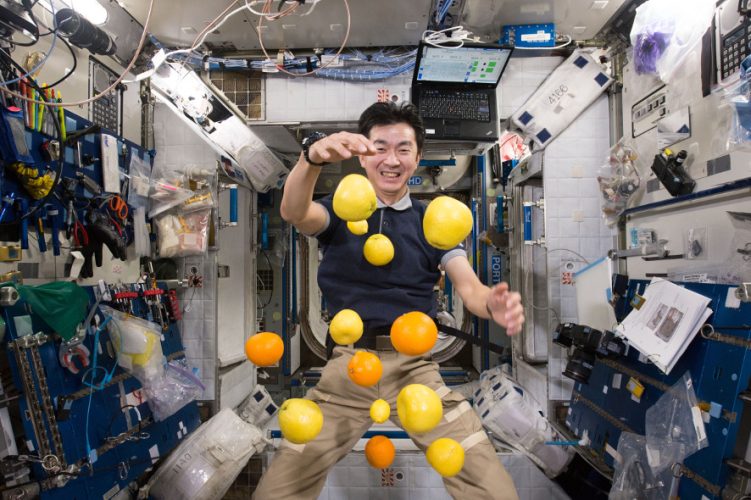
Visitors from Outer Space
An out-of-this-world experience awaits space travel enthusiasts of all ages on October 5th. A Community Day staged in conjunction with the 29th Planetary Congress of the Association of Space Explorers offers opportunities to meet folks like Buzz Aldrin, the second man to set foot on the Moon.
-
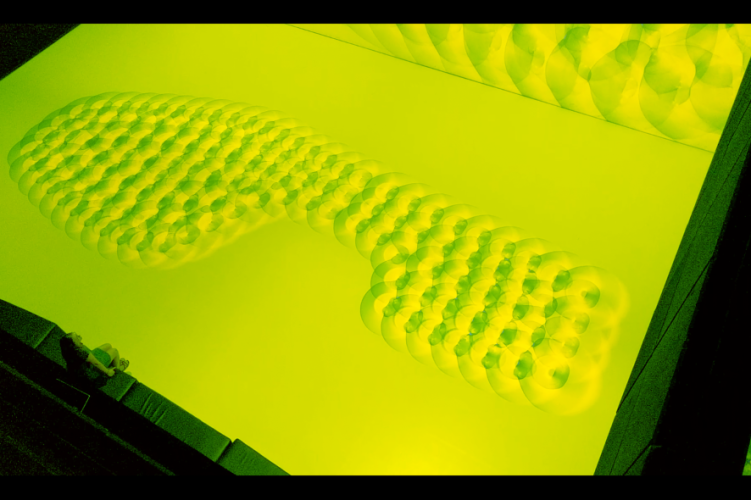
Scalar Fields – Each step has an Importance
“Scalar Fields” visualizes the pressure field around the soles of shoes. By using the fluid simulation software developed by the artist, the propagation of pressure in air is visualized in 8K video. During the Ars Electronica Festival 2016, the visualization can be seen as floor and wall projection at Deep Space 8K with a marvelous…
-

ESERO – Space Research in Classroom Instruction
Since today the Ars Electronica Center Linz is officially the Austrian “European Space Education Resource Office”, short ESERO. We have spoken with Clara Cruz Niggebrugge, ESERO Project Coordinator of the ESA Education Office.
-

Lightstorm—Look on as the Hustle and Bustle of the City Passes You By
The next edition of the TIME OUT exhibition series started on Wednesday, 8 June 2016. One of the works is called “Lightstorm” by Katharina Gruber, Laurin Döpfner and Gregor Woschitz.
-
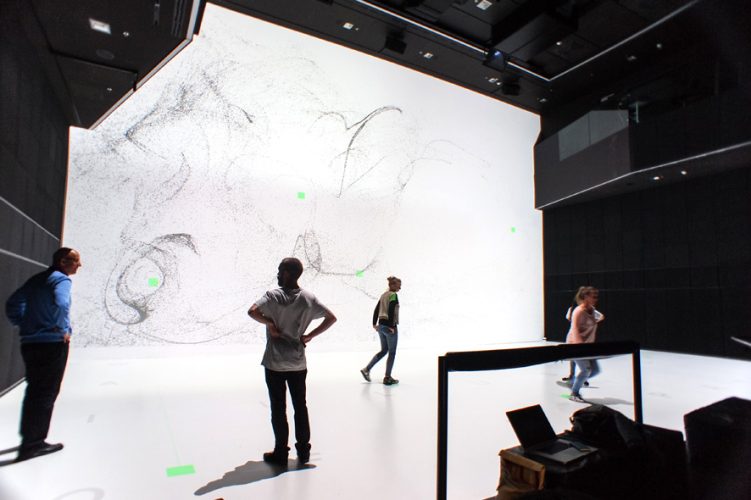
Intro to Deep Space: The Course
Linz Art University’s Time-based and Interactive Media bachelor’s program offers students the opportunity to create interactive works especially for Deep Space 8K at the Ars Electronica Center. Read more about it in this interview with the program director, Prof. Gerhard Funk.
-

Scratching Wounds: The Sad Truth about Pharmaceutical Products
TIME OUT .06 opens on Wednesday, June 8, 2016 at the Ars Electronica Center. The sixth installment in the TIME OUT series features outstanding works by undergrads in Linz Art University’s Time-based and Interactive Media program.
-
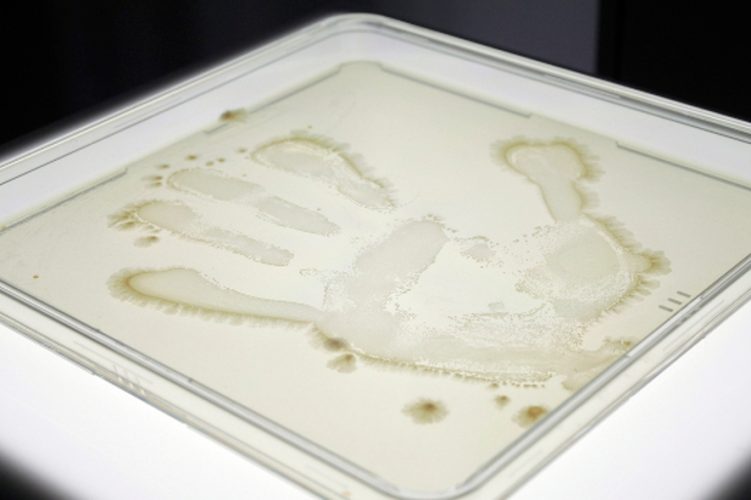
In Vitro Typewriter – Our Information Traces
Already the sixth edition of the exhibition series “TIME OUT” openes on June 6, 2016, at the Ars Electronica Center! This show staged in cooperation with Linz Art University showcases outstanding media art projects by undergrads in the school’s Time-based and Interactive Media program. One of the projects of TIME OUT .06 is the “In…


